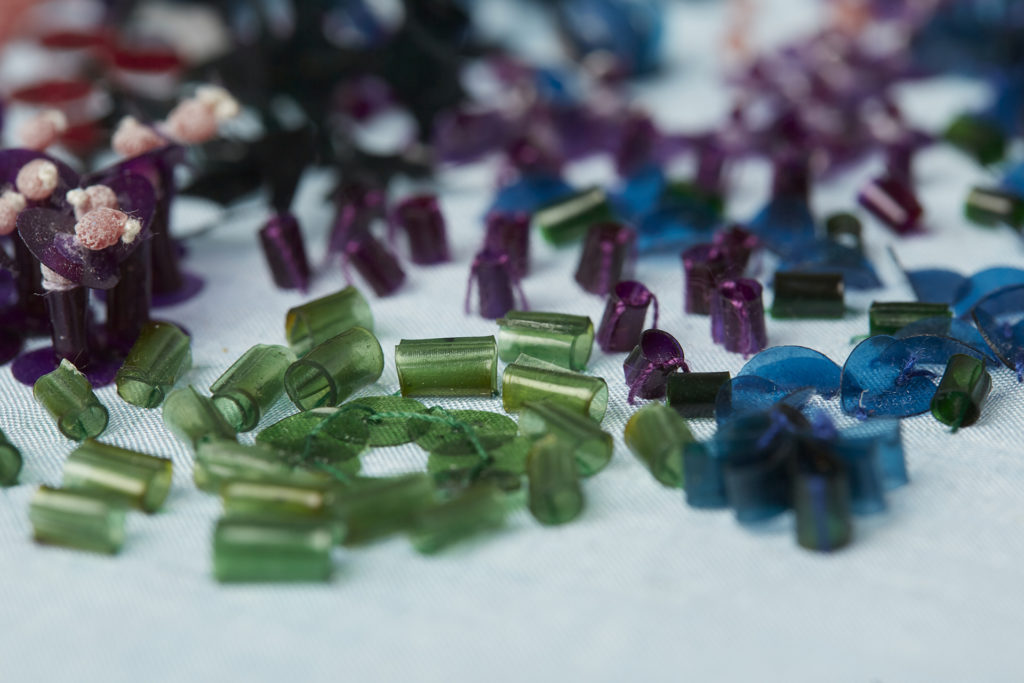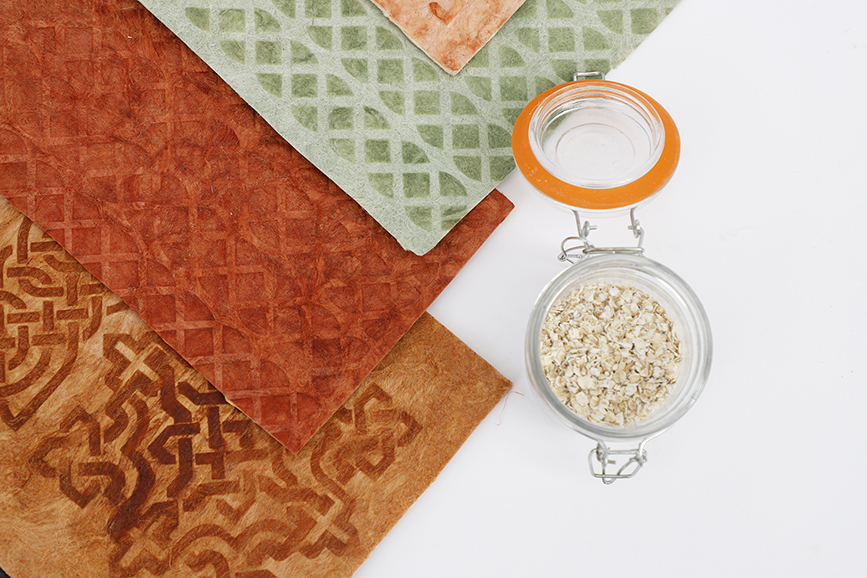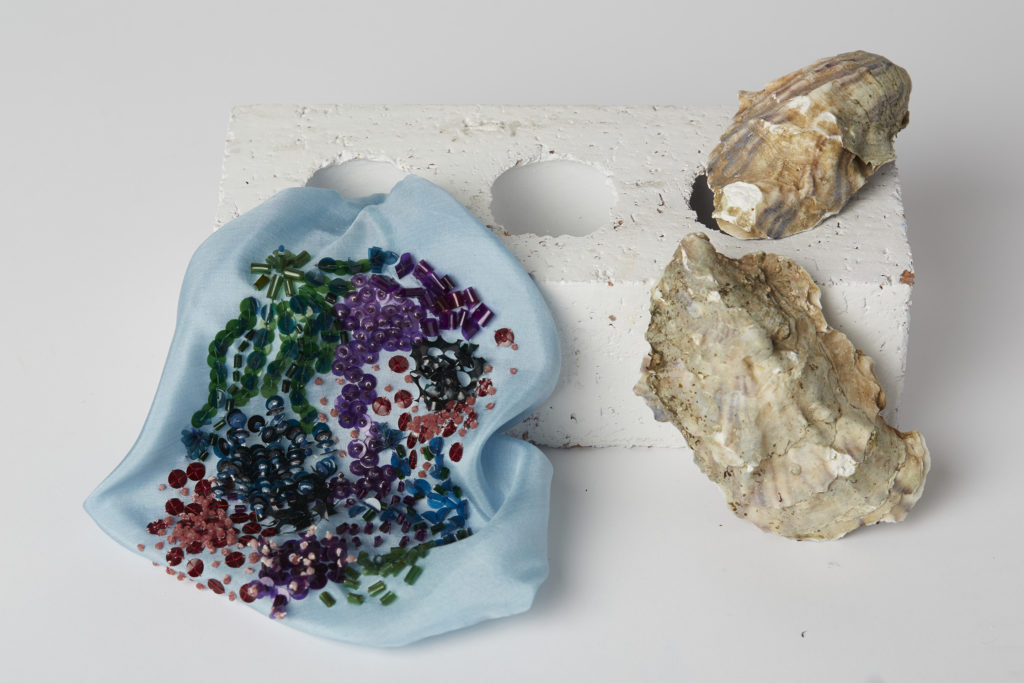CQ Studio Journeys Into Biodesign
As businesses and consumers look for new solutions to drive a more sustainable fashion industry, innovative materials have become an exciting area of research and development (R&D). Research focuses not only on new materials, but on taking fresh approaches to the natural materials humans have used throughout history.
Focusing on plant-based materials and regenerative agriculture, Cassie Quinn is using a new fellowship opportunity to continue her journey into biodesign.

“The word sounds new, but the concept of biodesign is actually very old,” Cassie explains. “It’s what our ancestors did when they grew flax for its performance qualities and made linen from it. I’m focused on looking around the natural world to find solutions to the challenges faced by the fashion industry.”
Cassie has been researching natural fibres since studying fashion and textiles at university. After falling in love with fibres derived from algae, she took up a design residency at Future Fashion Factory member BRIA to develop the possibilities of the material.
Eventually this led her to join the first cohort of students on the MA Biodesign programme at Central St Martins, where the combination of creative and technical expertise with new ways of thinking about the whole fashion industry opened up new possibilities.
“I loved thinking holistically about the entire supply chain and understanding the impact of every system change,” says Cassie. “Everything on the planet is connected and what we create has consequences. We need to anticipate the negative impacts of every new solution and address them from the earliest stage of development.”
Avoiding the risk of over-reliance on any one natural resource, Cassie champions the importance of building a range of alternatives to traditional materials.

Her MA research focused on flax and involved collaborating with Mallon Ireland, a farm in the Republic of Ireland which has reintroduced the crop as part of its regenerative agriculture practice. Using these crops, Cassie created flax alternatives to leather, fur and lace, demonstrating that materials challenges can be solved using methods that actively benefit the natural environment.
It laid the groundwork for her next major project: a prestigious University of the Arts London Mead Fellowship, where she will develop innovative, regenerative, plant-based alternatives to fur and leather. Alongside the R&D to develop and trial materials, Cassie wants to use her fellowship to widen the conversation around regenerative agriculture, fibre technology, and fashion, building relationships with researchers, farmers and the wider fashion industry.
Having a creative background has been a real strength in looking across whole systems, but building the technical knowledge to work with different biomaterials has proved to be a learning curve. Dissecting scientific papers and designing experiments required Cassie to adopt an entirely new way of thinking, but also led to new opportunities.

With the conference coming up and her Mead Fellowship starting this autumn, Cassie is still busy as co-ordinator of Project REGO, which engages young people affected by knife crime to develop skills in fashion and business.
She is also continuing to build her business, CQ Studio, through which she researchers new fibres and fabrics, delivers workshops for colleges and students, and consults with businesses to solve challenges around waste and sustainability.
“I spent six months struggling with that process, but it was so worth it when it finally worked!” Cassie smiles. “It’s hard to pitch half a year’s work in two minutes, but I’m very proud my project was successful.”
“Everything we need to solve the problems the fashion industry faces already exists,” she adds. “We need to change mindsets and encourage investment in the infrastructure that will allow us to produce innovative natural materials at competitive price points.
“I’m always looking for new things and I’m eager to do more.”
